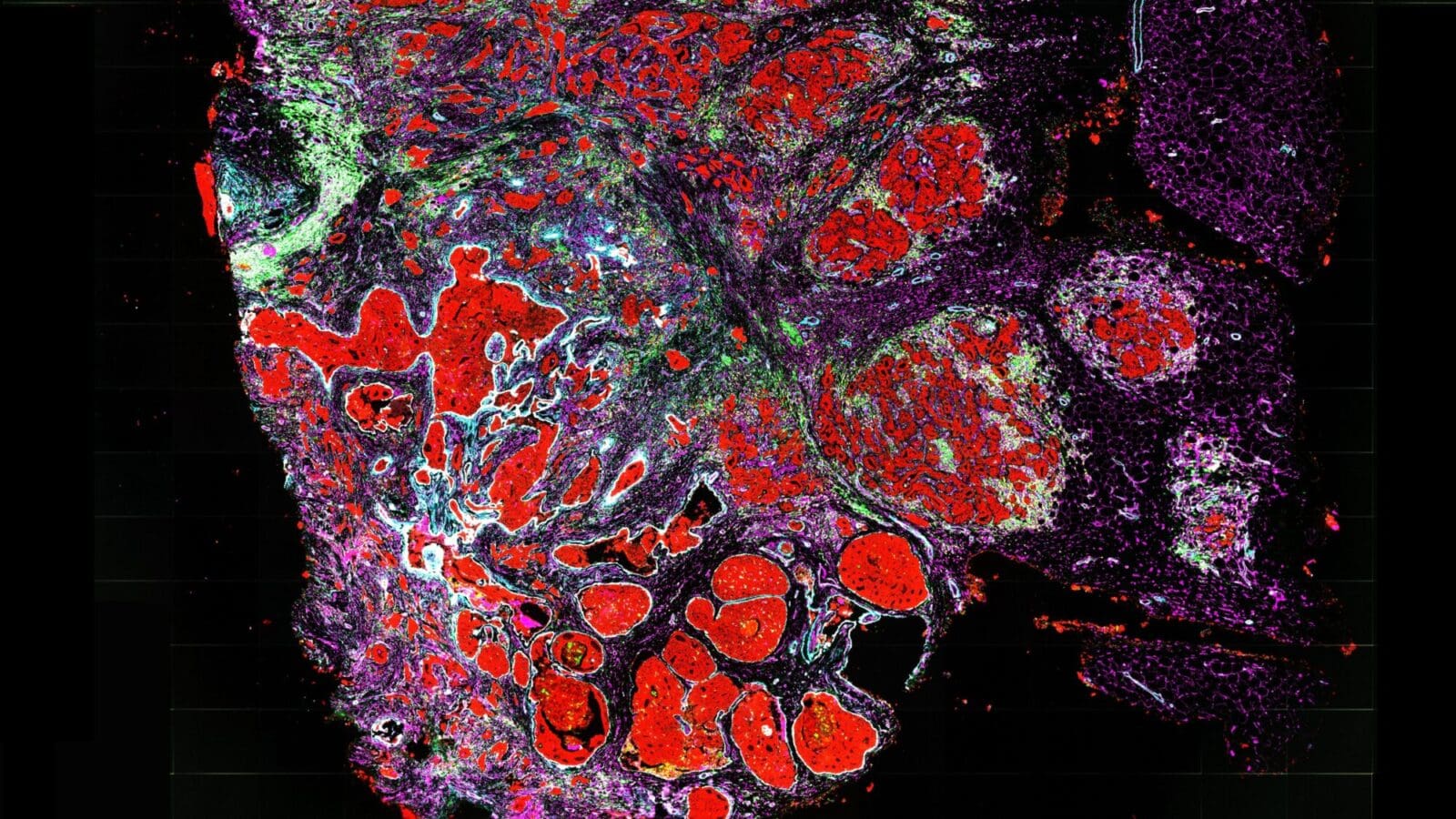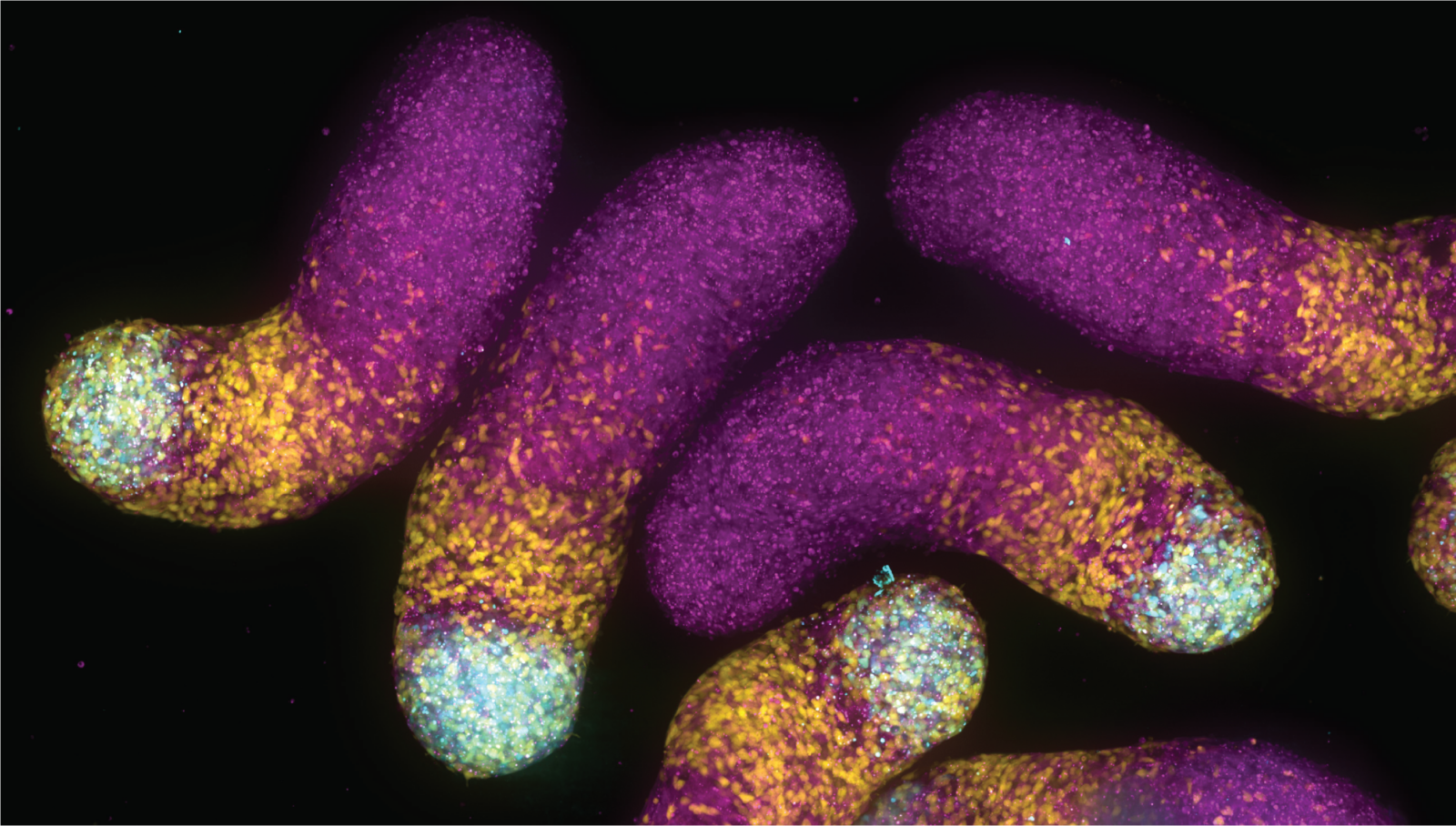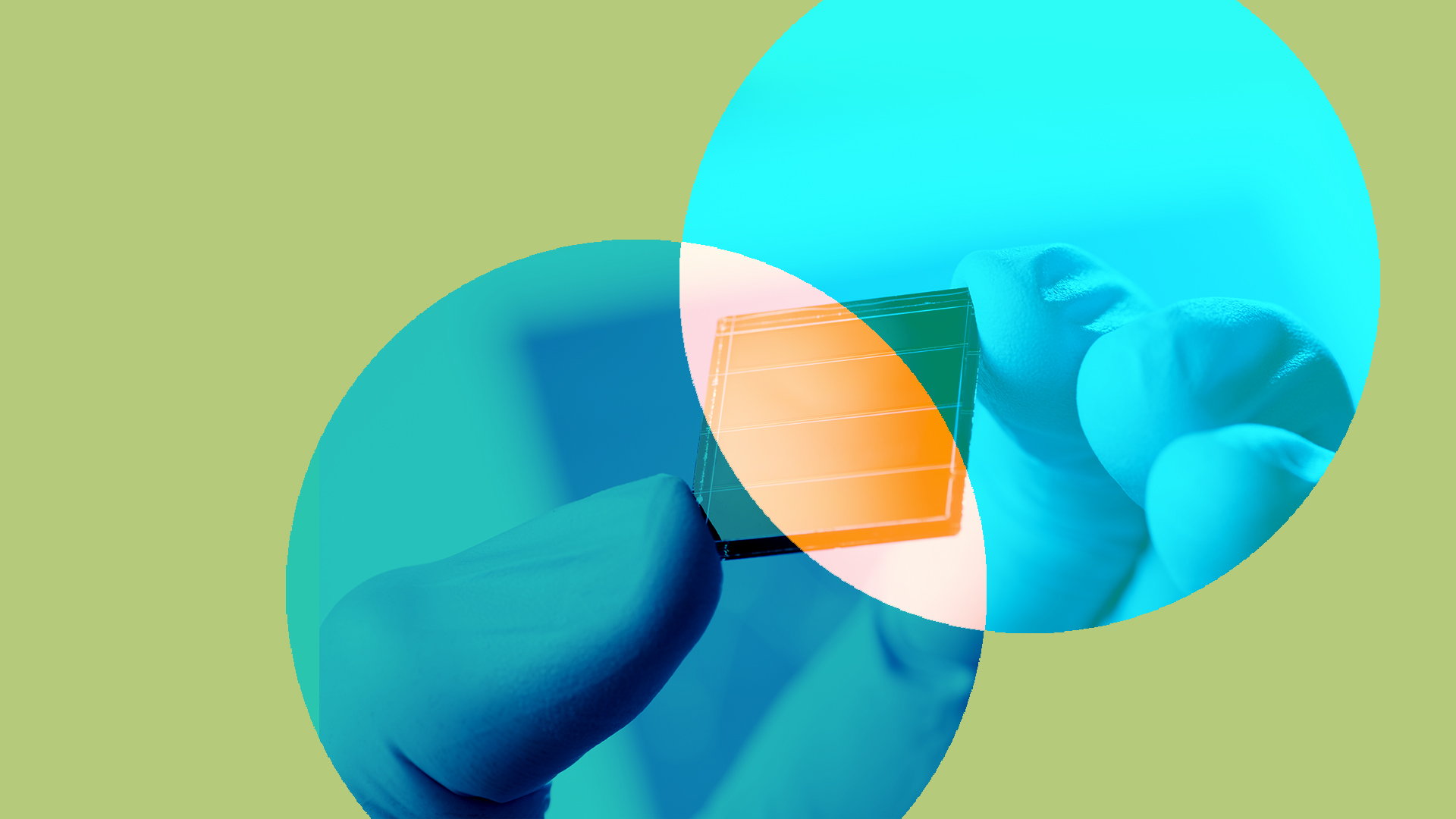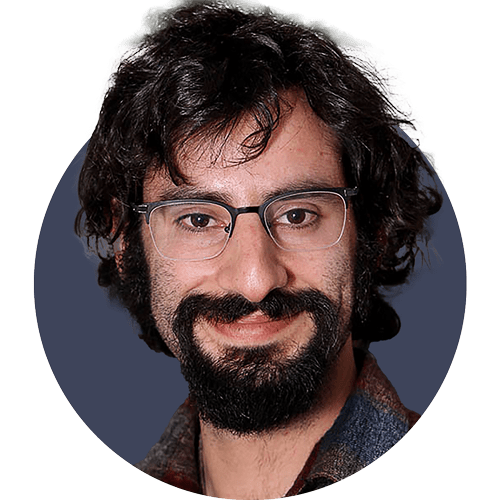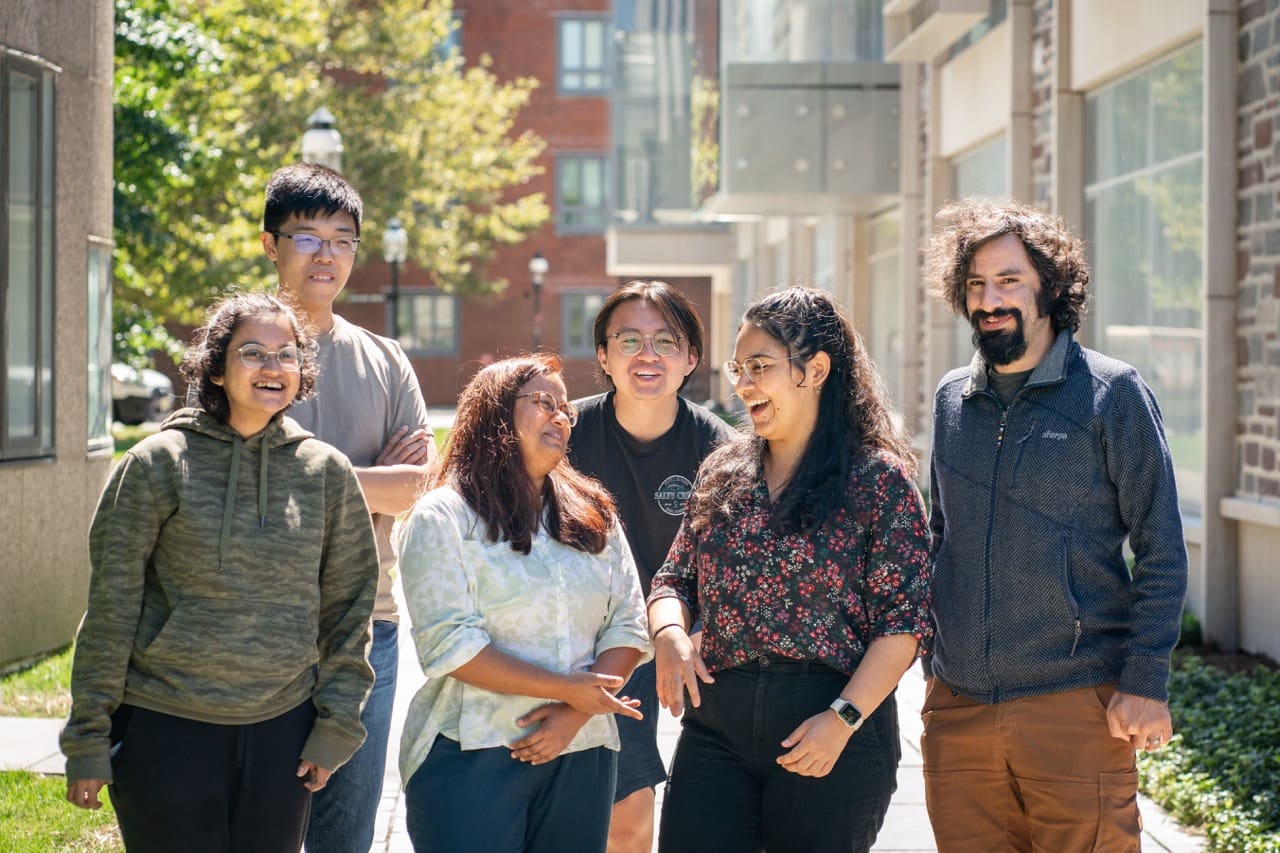
Raising bioelectric sheepdogs to herd flocks of cells
By
on
This article is from the Bioengineering: Unlocking mysteries, enabling impact issue of Equad News magazine.
In Daniel Cohen ’08’s lab, researchers hope their quest for a bioelectric shepherd will lead to faster wound healing and new treatments for patients.
Cohen, an assistant professor of mechanical and aerospace engineering, is taking advantage of electricity that the body already generates on its own. On the cellular scale, all wounds have a very small electric field. Communities of cells are known to use electric fields to navigate as they move. Cohen and his group have been creating small devices to do the same.
With one such device small enough to fit inside a Petri dish, Cohen’s team has guided groups of cells to move and change directions. The device exposes the cells to an electric field. Using computer programming, the researchers change the field’s orientation, and the cells migrate in response. In one set of published results, the researchers made groups of cells turn 90 degrees, like drawing with an Etch-A-Sketch toy.
“This device gives us an amazing level of control over cells that we wouldn’t have expected to be possible, especially with thousands of neighboring cells executing these maneuvers on command,” Cohen said.
This work speeding cellular migration is still in its early stage, but Cohen believes it will lead to significant uses, such as a bioelectric bandage that guides and accelerates wound healing.
One obstacle still to overcome: how to deal with mature skin cells, which Cohen and his group have observed to resist the bioelectric sheepdog. “What we think is happening is the collective behaviors in tissue are fighting with external commands,” said Cohen.
In mature tissue, the cells are more tightly bound to each other. The lab team has been able to overcome this resistance by temporarily disrupting their collective behavior using drugs to target how they ‘hold hands.’ Then the sheepdog can move the cells as before, getting closer to a bioelectric Band-Aid.
For Cohen, success goes beyond useful results; it also means conveying the joy of discovery to others. Cohen leads a storytelling workshop for graduate students and postdocs called Lab Tales. “Integrating storytelling into science communication increases engagement, a sense of inclusion, and trust in science and the scientist,” he said.

